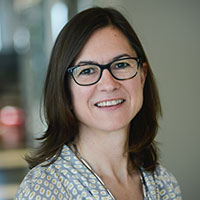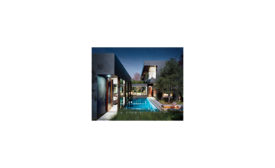Record Houses
Villa Vals
Ace in the Hole: A design team takes an intrepid approach to build a house on a sensitive site in the Swiss Alps.
Read More
Woodstock Farm
Rooted Modernism: Rick Joy Architects turns to a Northeast vernacular in a new house.
Read More
Pittman Dowell Residence
Breaking Conventions: Michael Maltzan designs a house for a nontraditional household.
Read More
Vienna Way Residence
Marmol Radziner connects California's landscape and architecture in the Vienna Way Residence.
Read More
Copyright ©2024. All Rights Reserved BNP Media.
Design, CMS, Hosting & Web Development :: ePublishing




